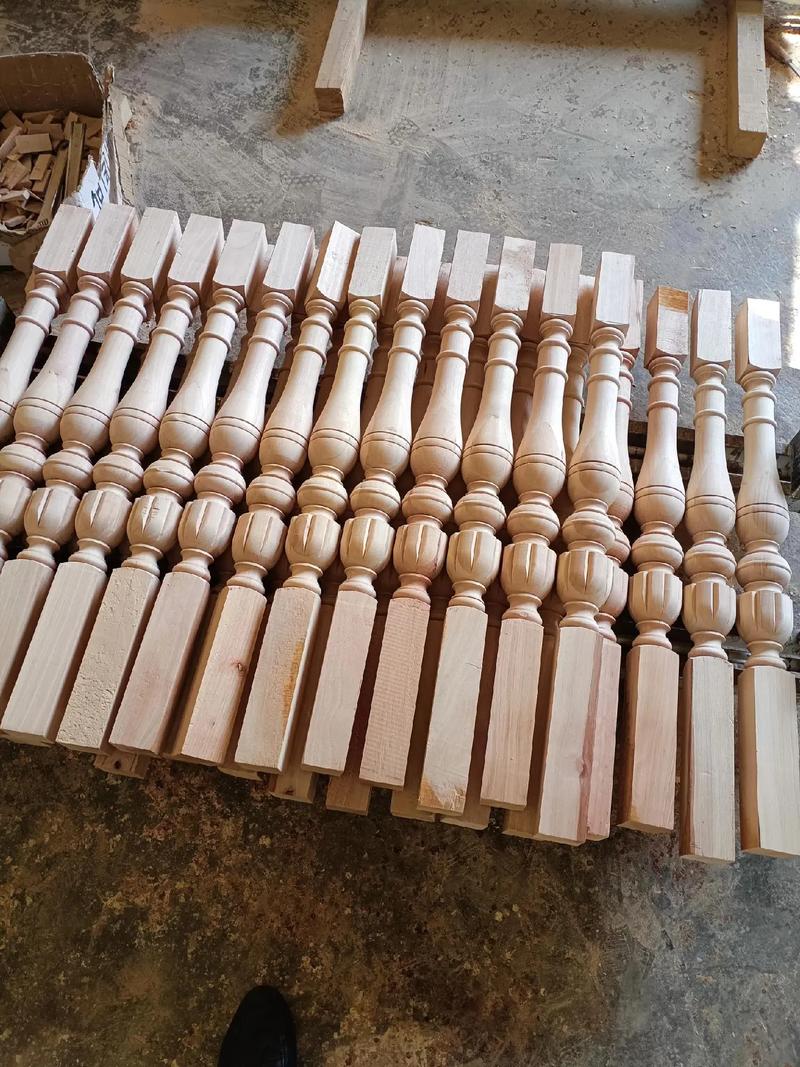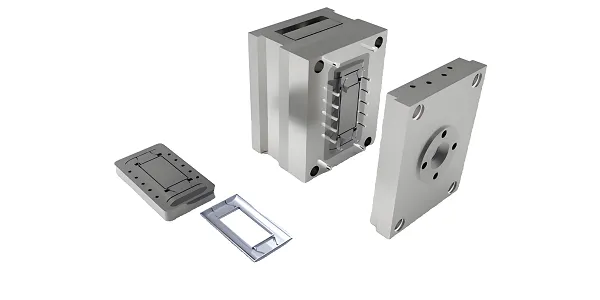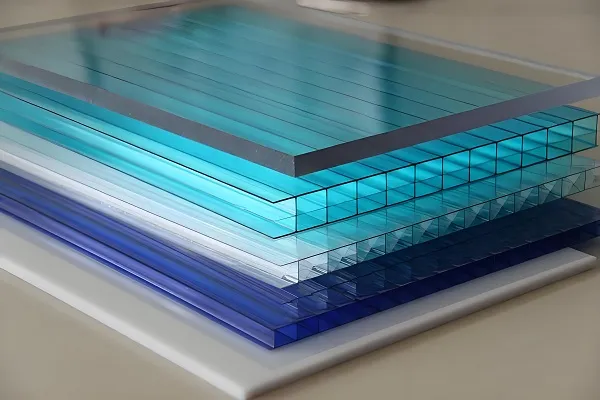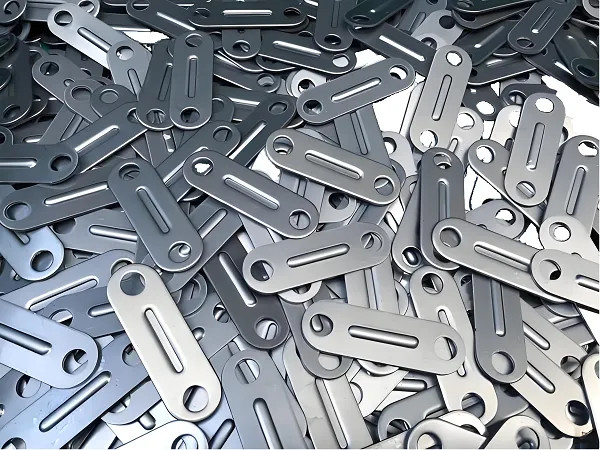
Q1: What Exactly Is a Wooden Stair Handrail, and How Does It Differ From Other Types?
- Core Function: Must withstand a minimum horizontal load of 0.5kN/m (≈50kg/m) and vertical load of 1.5kN (≈150kg) per the International Building Code (IBC)—critical for preventing users from pulling the handrail loose during a slip.
- Key Distinctions From Other Materials:
|
Feature
|
Wooden Stair Handrail
|
Metal Handrail
|
Glass Handrail
|
|
Grip Comfort
|
Warm, non-slip (natural texture); ideal for long-term use
|
Cold (especially in winter); smooth surfaces may slip
|
Smooth, hard; requires additional metal grips for safety
|
|
Design Flexibility
|
Can be curved, carved, or custom-shaped (e.g., colonial-style balusters)
|
Limited to linear or simple bends; welding needed for complex shapes
|
Requires metal framing; limited to minimalistic designs
|
|
Maintenance
|
Needs annual sealing; resistant to minor dents
|
Prone to rust (if uncoated); no sealing needed
|
Requires regular glass cleaning; prone to cracks from impact
|
|
Cost (Per Linear Meter)
|
(30–)150 (oak, walnut wood)
|
(50–)200 (stainless steel)
|
(100–)300 (tempered glass + metal)
|
Q2: Which Wood Species Are Best for Stair Handrails? What Factors Should Guide Selection?
|
Wood Species
|
Janka Hardness (Lb)¹
|
Moisture Resistance
|
Best For
|
Pros
|
Cons
|
|
White Oak
|
1,360
|
Excellent
|
High-traffic homes, commercial buildings
|
Resists dents/scratches; matches most decor
|
Slightly porous (needs 2–3 coats of sealant)
|
|
Black Walnut
|
1,010
|
Good
|
Luxury homes, custom designs
|
Rich dark color; easy to carve
|
Softener than oak (prone to scratches in kids’ areas)
|
|
Hard Maple
|
1,450
|
Moderate
|
Modern homes, high-traffic stairs
|
Ultra-dense (minimal wear); light color
|
Prone to water stains (avoid near entryways)
|
|
Teak
|
1,155
|
Excellent
|
Outdoor stairs, bathrooms (moist areas)
|
Natural oil repels water; no sealing needed
|
Expensive ((100–)150/linear meter)
|
|
Pine (Yellow)
|
690
|
Low
|
Budget-friendly homes, low-traffic areas
|
Affordable; easy to paint/stain
|
Soft (dents easily); warps in moisture
|
- High-traffic areas (e.g., apartment buildings): Choose oak/maple (Janka >1,300).
- Moist environments (e.g., outdoor stairs, bathrooms): Choose teak or sealed oak.
- Custom carvings (e.g., colonial-style): Choose walnut (easy to shape without splitting).
Q3: What Is the Manufacturing Process for Wooden Stair Handrails? (Including Custom Designs)
- Material Preparation:
-
- Select kiln-dried lumber (moisture content 8–12%—critical to prevent warping post-installation).
-
- Cut lumber to rough length (10–15cm longer than final handrail to account for trimming).
- Shaping (Standard vs. Custom):
-
- Standard Handrails: Use a router with a handrail profile bit (e.g., “bullnose” or “colonial” profile) to shape edges—ensures consistent thickness (typically 35–45mm, per IBC grip requirements).
-
- Custom Handrails:
-
-
- Curved handrails: Use CNC machining (e.g., 3-axis CNC router with ±0.5mm precision) to cut arcs for spiral stairs or landings.
-
-
-
- Carved details: After CNC rough-shaping, hand-carve decorative elements (e.g., floral patterns) with chisels—requires wood with low grain density (e.g., walnut).
-
- Sanding:
-
- Start with 120-grit sandpaper to smooth rough edges.
-
- Progress to 240-grit (removes router marks) and 400-grit (creates a smooth grip surface).
-
- Critical Note: Sand with the grain (not against) to avoid splinters—splinters are a major safety hazard for handrails.
- Finishing:
-
- Seal porous woods (oak, pine) with a wood sealer (e.g., polyurethane) to block moisture.
-
- Apply stain (if desired) for color—use a lint-free cloth to avoid streaks.
-
- Add 2–3 coats of topcoat (water-based polyurethane for indoor; oil-based for outdoor) to protect against wear.
- Quality Check:
-
- Verify grip diameter: 30–50mm (IBC standard)—too thin (<25mm) is hard to hold; too thick (>55mm) can’t be gripped by small hands.
-
- Check for splinters: Run a gloved hand along the entire handrail—any rough spots require re-sanding.
Q4: What Are the Technical Standards for Installing Wooden Stair Handrails? (Height, Spacing, Fasteners)
- Height Requirements:
-
- Indoor stairs: 900mm minimum from the “nosing” (edge of each step) to the top of the handrail.
-
- Outdoor stairs: 1,000mm minimum (windy areas may require 1,100mm for stability).
-
- Exception: Stairs for children (e.g., schools) may need a secondary handrail at 600mm height for small hands.
- Baluster (Spindle) Spacing:
-
- Maximum gap between balusters: 100mm (to prevent a 100mm sphere from passing through—critical for child safety).
-
- For wooden balusters: Use 38×38mm (1.5×1.5in) posts spaced 80–90mm apart (accounts for wood expansion).
- Fasteners & Support:
-
- Wall-mounted handrails: Use 10mm diameter lag bolts (not screws) anchored into wall studs—each bolt must hold ≥50kg (meets IBC load standards).
-
- Post-mounted handrails: Attach to wooden posts (100×100mm minimum) with 12mm carriage bolts; posts must be secured to stair stringers (not just drywall).
-
- Common Mistake to Avoid: Using drywall anchors for wall-mounted handrails—they pull out easily under load, causing falls.
- Slope Alignment:
-
- Handrail slope must match stair slope (typically 30–45°).
-
- For curved stairs: Handrail must maintain a consistent height (±5mm) along the entire curve—use a laser level to verify.
Q5: How to Maintain Wooden Stair Handrails to Prevent Warping, Rot, or Splinters?
- Routine Cleaning:
-
- Indoor: Wipe with a damp cloth and mild soap (e.g., dish soap diluted in water)—avoid harsh chemicals (bleach, ammonia) that strip finish.
-
- Outdoor: Use a soft-bristle brush to remove dirt; rinse with low-pressure water (high pressure damages wood fibers).
- Sealing & Finish Touch-Ups:
-
- Indoor handrails: Reapply a topcoat every 1–2 years (check for wear—if water beads, finish is good; if it soaks in, re-seal).
-
- Outdoor handrails: Re-seal teak every 2–3 years; oak/maple every 1 year (moisture causes warping).
-
- Pro Tip: Use a foam brush to apply topcoat—avoids brush marks on the handrail’s grip surface.
- Repairing Common Issues:
-
- Splinters: Sand the area with 400-grit sandpaper, then apply a small amount of wood glue to seal the grain.
-
- Warping: For minor warping (<2mm), clamp the handrail to a straight board and let it dry (moisture content 8–12%). For severe warping (>5mm), replace the handrail (warped wood can’t be safely straightened).
-
- Rot: If rot is limited to the surface, carve out the damaged area with a chisel, fill with epoxy wood filler, and re-finish. If rot reaches the core, replace the handrail (rot weakens load-bearing capacity).
Q6: Can Wooden Stair Handrails Be Customized for Spiral Stairs or Unique Spaces? What Are the Challenges?
- Spiral Stair Handrails:
-
- Process: Use 3D scanning to map the spiral’s radius (e.g., 1.2m diameter), then CNC-cut a solid wood blank into a “helical” shape (matches the spiral).
-
- Challenge: Wood grain must follow the spiral (not cross it)—cross-grain handrails split easily under load. Solution: Use “laminated wood” (layers of wood glued together with grain aligned to the spiral).
- Historic Home Renovations:
-
- Process: Match the original handrail’s profile (e.g., Victorian-era scrollwork) using a profile gauge, then CNC-carve a replica from the same wood species (e.g., old-growth pine).
-
- Challenge: Historic woods (e.g., chestnut) are rare—use a similar species (e.g., oak) stained to match.
- Key Customization Rule:
-
- Never compromise safety for design—e.g., a “slim” custom handrail (<30mm diameter) may look modern but fails IBC grip standards. Work with a designer to balance style and safety.
Q7: What Are the Most Common Mistakes to Avoid When Choosing or Installing Wooden Stair Handrails?
- Mistake 1: Using Pine for Apartment Building Stairs
-
- Issue: Pine (Janka 690) dents in 6–12 months of high traffic, creating splinters.
-
- Fix: Upgrade to oak (Janka 1,360) or maple (Janka 1,450)—lasts 10+ years.
- Mistake 2: Installing Handrails With Wet Lumber (Moisture >15%)
-
- Issue: Wood dries and shrinks post-installation, causing gaps between balusters or warping.
-
- Fix: Use kiln-dried wood (moisture 8–12%) and check with a moisture meter before installation.
- Mistake 3: Securing Handrails to Drywall (Not Studs)
-
- Issue: Drywall anchors pull out under 20–30kg load—violates IBC safety standards.
-
- Fix: Locate wall studs with a stud finder, then use lag bolts (10mm diameter) to anchor the handrail bracket to studs.
- Mistake 4: Skipping Post-Finishing Splinter Checks
-
- Issue: Even small splinters can cause cuts, especially for children or elderly users.
-
- Fix: After finishing, run a piece of pantyhose along the handrail—pantyhose catches tiny splinters that gloves miss.
Final Thoughts: Wooden Stair Handrails—Safety First, Style Second
- Durable wood (Janka >1,000 for high traffic).
- Compliance with IBC/ local safety standards.
- Moisture control (8–12% content for indoor; sealed wood for outdoor).






